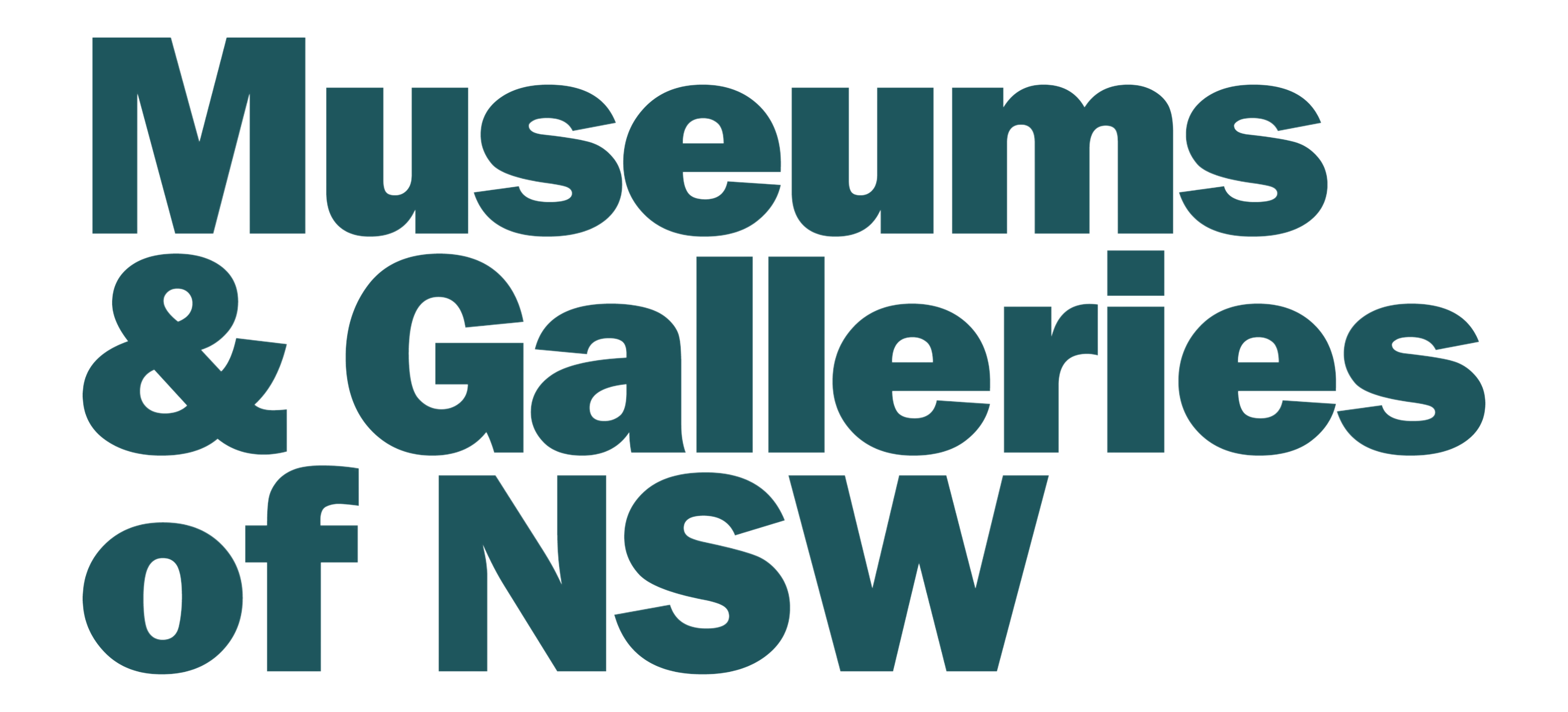Collection Management Systems
M&G NSW has recently conducted research on the use of Collections Management Software (CMS) by organisations throughout NSW. The data, which was collected from across approximately 300 organisations, gave us feedback about the usage and popularity of different databases in use in NSW. At this stage, the most popular database is Mosaic; however the feedback we received indicated that Mosaic could be difficult for new users or for users unfamiliar with using relational databases. This has led to a significant number of organisations moving away from using Mosaic, either by discontinuing use of the database, switching to another database or moving to a simpler and more inexpensive alternative such as an Excel document. The research also indicated that there was growing interest in Vernon System’s EHive, a cloud based database that allows users access via an online portal. The increasing popularity of EHive appears to be due to its ease of use, its ability to easily publish collections and object online, due to it being accessible on multiple computers via the online portal.
Our research has also shown a number of organisations moving away from using established collections management systems in favour of using custom built databases. This is not something that is recommended as it can result in issues that affect the relevance and uniformity of data being recorded, the sharing of data and the ongoing sustainability of the custom database after the original users leave the organisation.
As a result of this research we have compiled an updated fact sheet with a list of the most commonly used CMS programs and the key considerations in the purchase and use of CMS programs. The products outlined in this resource represent the software most commonly used by museums, galleries and heritage centres in NSW, and represent products with a range of prices, capabilities and requirements.
In order to determine the best software for your organisation we recommend you consider a number of key factors:
Do you have staff capable of using this software? What kind of training is required?
Before considering the purchase of software, identify who needs to be involved in the selection process.
- For paid organisations this could include the Collections Manager, the Executive Director, IT Manager, Head Curator, Head of Conservation and the Database Administrator.
- For volunteer organisations this could include the President, the Treasurer, the Collections Manager, the Curator, and any other volunteers who will be trained in the use of the databases and will be using it on a regular basis.
Who will manage the database?
It can be useful to identify a project manager and establish a plan for the implementation of a new CMS. This will help keep the project on track and help your organisation meet key goals and milestones.
What does your organisation need from a CMS?
This can be determined by interviewing the organisation’s key stakeholders and staff who will be using the database on a regular basis. Some of the questions you should ask include:
- How will a CMS help your organisation achieve its goals?
- What problem are you hoping to solve by using a new CMS?
- Do you want your collection to be available to the public online?
- Does your organisation require Digital Asset Management (DAM)?
- How much IT support will you need to implement a new system?
- What is your budget?
Research the different options and vendors available
- What software suits your collection? (i.e. collection size, type, etc.)
- Is the CMS compatible with the organisations hardware and software? Is your computer running the right operating system? Does the computer have enough storage space/RAM to handle the CMS software and the records you want to store?
- How well does the vendor understand the specific needs of your organisation and its collection?
- Does the vendor have experience in the type and size of your collection?
- What other clients use that software? Contacting these clients can help you compare the pros and cons of different systems.
- What service and support does the vendor provide? Do they offer ongoing service and training?
How much does your organisation have available to spend?
- What are the costs of implementation? Are there yearly costs, extra support costs, or costs for training, service packs or upgrades?
- How many people will be using the software simultaneously/how many machines do you want loaded with the software?
- How many software licenses will you require?
Important things to remember:
- More than one staff member or volunteer needs to be trained in the use of the collections management software. The training of multiple and new staff members will ensure the sustainability of the software and ensure ongoing use and access to the collection records.
- The databases forms and records should be designed in consultation with someone experienced in the use collections management software. This will ensure that essential information is captured in a useful and accessible way. Vendors will be able to assist in this and you can also contact similar organisations in order to establish what would work best for your collection and organisation.
Download the resource PDF for more information on different Collection Management Software available in Australia.
